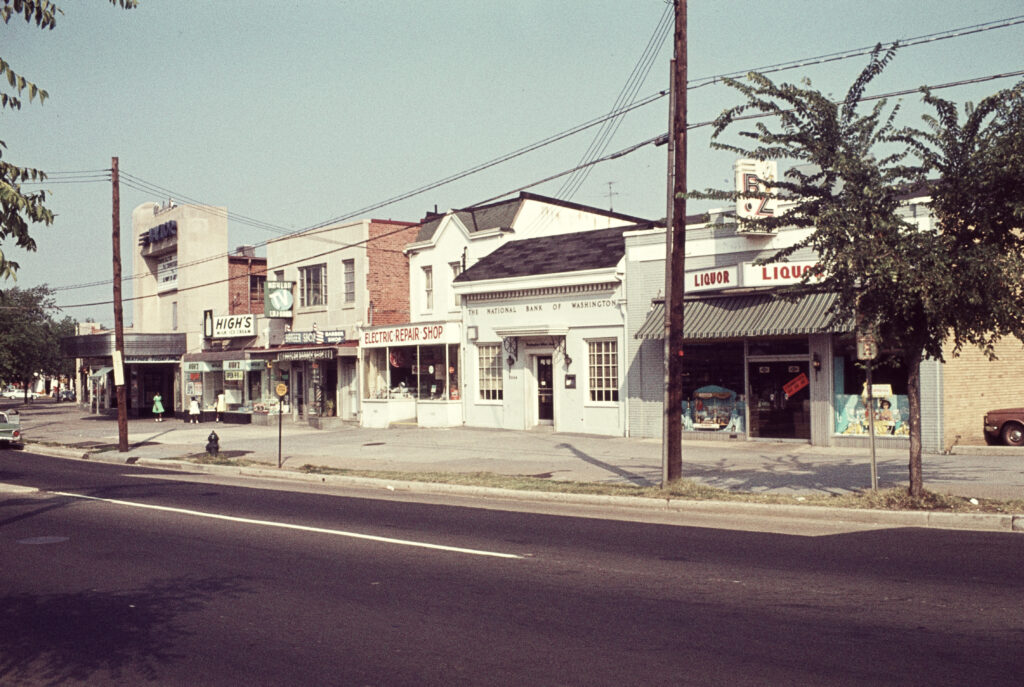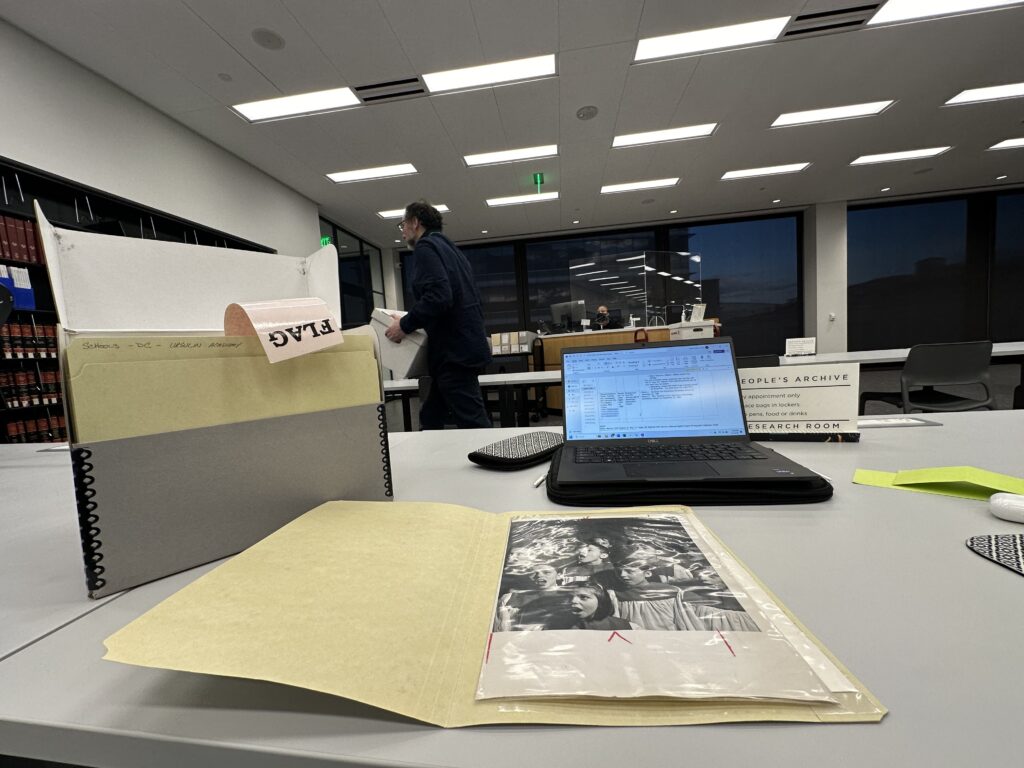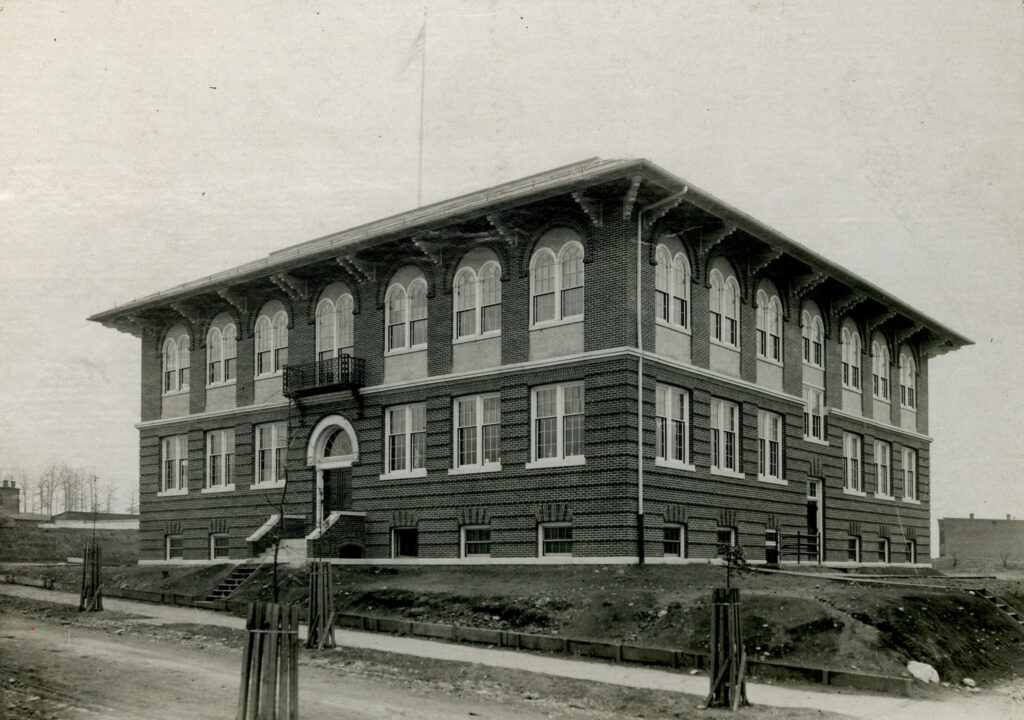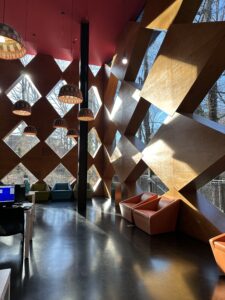Nestled on the outer edges of the city, Woodridge is bordered by Eastern Avenue in Ward 5, and Hillcrest by Southern Avenue in Ward 7. Both neighborhoods, while distinct with their own characteristics and styles of living, share a common interest in claiming their unique identities within DC’s cultural landscape.

As the city’s demographic makeup changes rapidly, it is important that the cultural legacies of the past are preserved and that the people and traditions that make DC special are not lost to history. Over the past several years, the DC History Center has sought opportunities to deepen its connection to the rich histories and sub-cultures of our city’s neighborhoods. Documenting and uplifting these hyper-local histories allow us to illustrate how these places came to be and celebrate the people who have shaped them along the way. Our hope is to continue to explore these neighborhood histories and engage longtime residents in shaping how they should be interpreted.
Neighborhood libraries are places of intersection for longtime residents and newcomers, and we realized this offered us a unique opportunity for collaboration with the DC Public Libraries. We formed the Hillcrest x Woodridge Neighborhood History Project with the goal of engaging longtime residents and memory-keepers and putting their lived experiences in conversation with the archival materials that exist in our two repositories, the People’s Archive (DCPL) and the Kiplinger Research Library (DC History Center).

During the first year of the project, I spent five months researching in these archives to sketch the history of these two neighborhoods using what is available just from the two collections. Those research notes were transformed into two Teaching DC Neighborhoods research guides—Teaching Hillcrest and Teaching Woodridge—with the help of our former intern Tamia McDonald. Out of this research, there were a few legacy businesses and community organizations that stood out. Among them were the Hillcrest Civic Association and the Woodridge Civic Association, which have been active in both neighborhoods since the mid-to-late 20th century.
Civic associations in DC neighborhoods played a pivotal role in the wake of residential desegregation in the 1940s through 60s. Led by incoming Black neighbors, they were formed to oppose the work of neighborhood citizens associations, which came up in the early 20th century to “maintain neighborhood property values” by upholding racial and economic segregation practices. Both Hillcrest and Woodridge were originally formed as racially exclusive enclaves, and ads found in archival materials touted the exclusion of “undesirable” peoples in both explicit and overt terms. One example of this was a Rhode Island Avenue Citizens Association essay that alluded to property values being maintained by the watchful eye of the association. The essay described this protection as “aging without wrinkles,” and concluded by characterizing realtor agents who dared to rent or sell properties to Black people as “enemies of the whole community” [Washingtoniana Vertifal File Index (VF.001)]. By combating the work of the citizens associations, civic associations organized and nurtured Black leadership and placemaking in DC.
Throughout this process, we engaged with the Hillcrest and Woodridge civic associations to get their input on the communities’ cultural needs. At the heart of those conversations were questions on how we might use this project, and use the work of history, to bring light to these issues. To this end, we connected with Mr. James Byers of Hillcrest and Mr. Jeremiah Montague Jr. of Woodridge, among other longtime residents and frequent library patrons.

From these discussions emerged two key, shared frustrations. First, they expressed a real grievance with cultural erasure. In Hillcrest, there is a feeling that the whole of Southeast DC is considered and referred to as “Anacostia,” despite varying experiences and economic realities in Wards 7 and 8. In Woodridge, the sentiment is that developers and realtors want to lump Woodridge and surrounding areas into Brookland. Both neighborhoods want to reclaim cultural identities and increase awareness of their histories and legacies, kept alive today by memory-keepers like Jim and Jeremiah. Second, residents in both neighborhoods described watching their longtime neighbors either age out or move away. New, incoming residents are then struggling to find ways to connect to the longstanding clubs and traditions.
With this input in mind, we put forth recommendations for programming that would provide the space for all residents interested in learning neighborhood histories to gather, be in community with one another, and celebrate the rich histories and legacies they witness today.

The second phase of this project is focused on implementing those recommendations . The result is a program series the DC History Center will host in collaboration with the DC Public Library partners and residents. The series kicks off with neighborhood celebrations at each of their libraries encouraging residents to stop by and connect with each other—sharing the neighborhood memories and learning what other residents find special about their neighborhood. Next, we’ll conduct two walking tours in both Woodridge and Hillcrest. Later in the year, we will lead a researching family history workshop. A full schedule of upcoming programs is below:
May 17 Woodridge Neighborhood Celebration
May 31 Hillcrest Neighborhood Celebration
June 7 Woodridge Walking Tour (1 of 2)
Aug 2 Hillcrest Walking Tour (1 of 2)
Sept 6 Hillcrest Walking Tour (2 of 2)
Sept 13 Woodridge Walking Tour (2 of 2)
For more information about these events and to stay in the know, make sure you are subscribed to our email list!
The DC History Center’s Neighborhood History Project was created in partnership with the DC Public Library and supported by the DC Public Library Foundation.